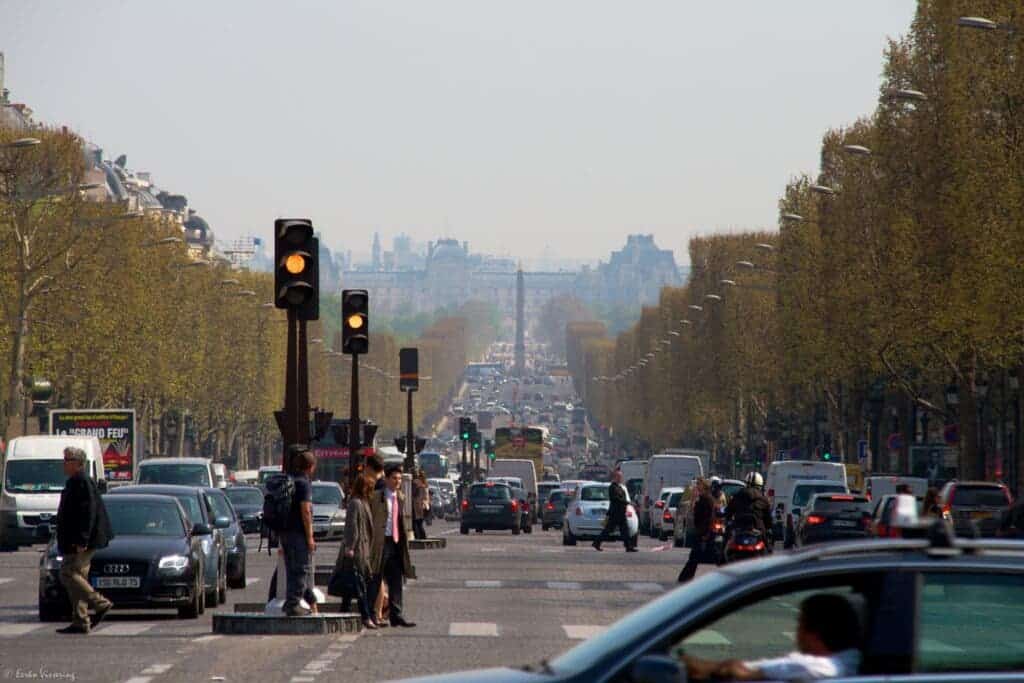The Champs-Élysées, one of the most famous avenues in Paris, is set to be given a full makeover to transform it into what Mayor Anne Hidalgo says will be an extraordinary garden. The project will cost over €250 million (USD300 million) and comes after years of complaints by Parisians over the growing crowds and noise pollution in the area.

One of the world’s most famous shopping streets, the Champs-Élysées has eight lanes of traffic running between the Arc de Triomphe and the Place de la Concorde. Its name is French for the mythical Greek paradise, the Elysian Fields. It was originally a mixture of swamp and kitchen gardens but it has been gradually transforming.
It is on Champs-Élysées that Parisians celebrated the 1944 liberation from Nazi occupation and World Cup victories, but the charm of the avenue has slowly faded away. Nowadays the avenue is packed with expensive cafes, luxury shops, and high-end car salesrooms. Except for tourists, most locals avoid it and have long been asking for a transformation.
“The mythical avenue has lost its splendor over the last 30 years. It has been progressively abandoned by Parisians and has suffered a number of crises: the gilets jaunes, strikes, the health and economic crisis,” the Champs-Élysées Committee, which has been working on ideas to change the avenue for the past three years, said in a statement.
Last year, the gilets jaunes or yellow-vest protesters broke the windows of several luxury stores on the boulevard. They also set fire to Le Fouquet’s restaurant, a spot seen as a symbol of political elitism. The avenue has also suffered from a lack of maintenance over the years and has been a usual spot for strikes.
Hidalgo just announced the approval of the renovation project, which will include reducing space for vehicles by half, turning roads into pedestrian and green areas, and creating tunnels of trees to improve air quality. While It won’t be fully done until after the Olympic Games in 2024, the first stage, revamping of the Place de la Concorde at the avenue’s west end, will take place in time for the event.
Architect Philippe Chiambaretta and his agency, PCA-STREAM, created the plans. In an interview with The Guardian, Chiambaretta said an average of 3,000 vehicles drives on the street each hour, mostly just passing through on their way somewhere else. He told The Guardian that the avenue faces problems due to “pollution, the place of the car, tourism, and consumerism.”
The plan for the famous avenue is actually part of a wide array of initiatives by Hidalgo to revamp the densely populated French capital, where elegant squares and tree-lined boulevards are often overwhelmed by vehicles. She has already closed two main roads that ran along the river Seine and built a lot of infrastructure for bikes and scooters.
Hidalgo, who was re-elected last year, said Paris needs to become a “15-minute city” so that residents can have all their needs met —be they for work, shopping, health, or culture— within 15 minutes of their own doorstep. This, she said, would reduce pollution and stress and create socially and economically mixed districts.


